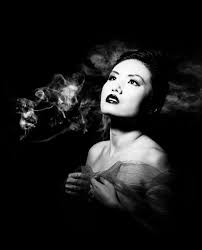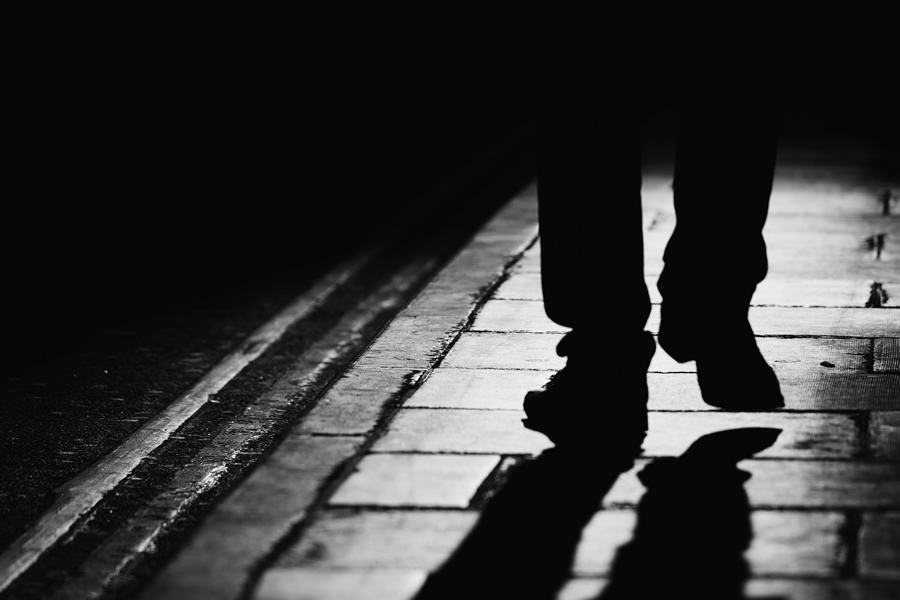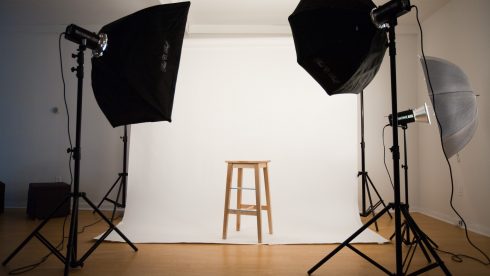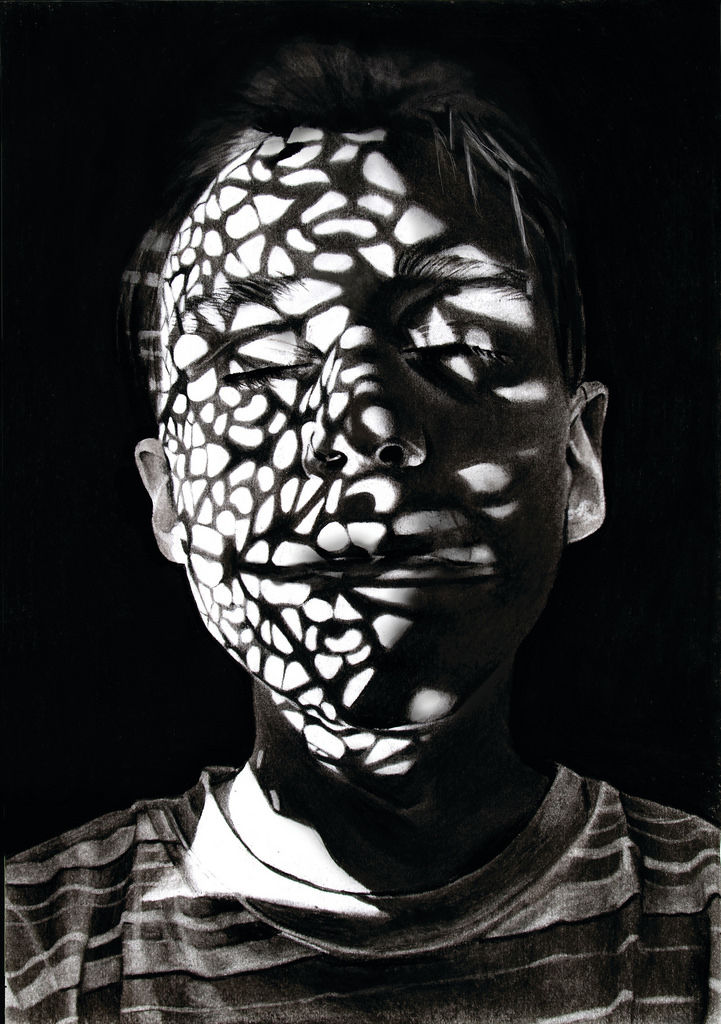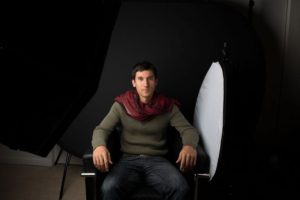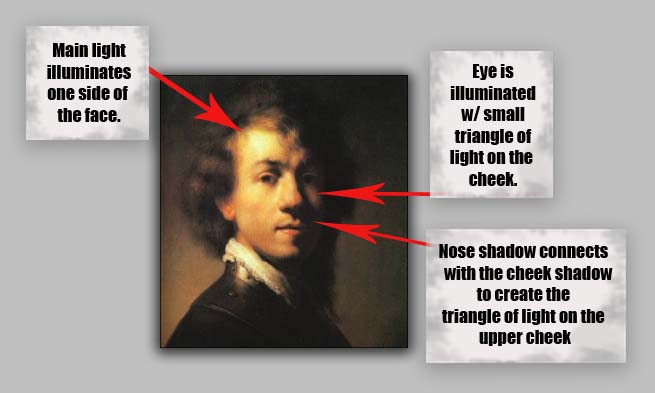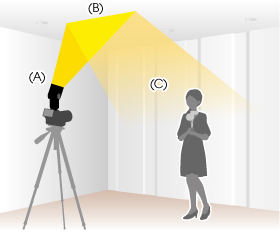David Bailey
David is considered on of the best pioneers of contemporary photography,he is credited with photoghing such compelling images whit the last 5 decades .he became famous when when making new generation models famous for many impresses roles in order to inspire critics.He is seen continually never failing to impress and captures Manu icon images within famous icons such as the Rolling Stone and Kate moss.although he has a simple style is does not lesson his large impact go tones that generate their own light and personality to the people themselves.
David Bailey was born in East London,to Herbert Bailey, a tailor’s cutter, and his wife, Sharon, a machinist. From the age of three he lived in East Ham. He enjoyed his dads more creative fashion of creating something with power and purpose that also helps define a person in a style in which they want. Although Bailey soon developed a more educational love for history in which led him into photoghy,despite suffering form dslyexia and school being a highly troubling time for himself, he seen attended a prestigious school in which they taught him the basics.His children all later in life have too be surrounding thmslevs in creative works this gene is seen to run whiten the family.
He was soon contracted to be a fashion photogher for vogue magazine, and undertook many freelance work.he later became a swing photogher in order to cpature many celebrities photos due to them having a large self persona in which he could easily show throughout his own work.An unusual and unique commercial release. It reflected the changing status of the photographer that one could sell a collection of prints in this way. Strong objection to the presence of the Krays by fellow photographer, Lord Snowden, was the major reason no American edition of the “Box” was released, and that a second British edition was not issued.for his work he hs know won many awards,bsed upon excellence,and his work is now even seen within the partite gallery.
My favourite image anylsis:
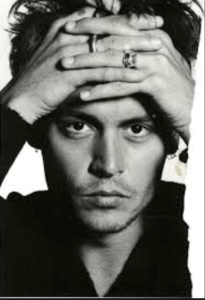
I then chose this image due to the dynamic range id dark and light contrasting tones that further the appearance of the structure upon his face, and also the dynamic and interposing composition of how the hands are placed and then how this forms an almost frame two the piece itself,allowing every tone and shape to work together effectively.
overall I would want to use his work of framing and angles in order to exaggerate lighting and reflect a personal theme to a piece.
Rankin
Rankin is a photogher and has been for around 20 years, he was training to be a lawyer but decided that he wanted to investigate more around the create side of photo journalism and soon moved to a more controlled studio photoshoots.he know has many class renowned books upon the illusion of photoghy and how you are able to also physically change an image with your own self creativity. he attendedLondon collage of painting with to him was his optimal of fine art and found that their fisilities unabated him to achieve great accounts of photoghy and inspire him fornhis future career.
He then met Jefferson Hack, with whom he formed a working relationship. In 1992, the two decided to start a magazine together called Dazed and Confused after they graduated, this magazine was inspired by many studio shoots further developed into such interesting designs full of extraordinary photography . he always donates many of his success from his work to charity such as the woman organisation,furthermore has work is known to have change fashion and how it is seen and also developed throughout his own work. he now has many biographies and sometimes you are able to see him teaching young teens like himself when he started his photography journey.
Within his work he also wants to be able to capture interposing people within a vibrant personality and not be condoned to only working on shoots in which he is paid. rankin has such diversity within each photo, he chooses scenarios and angles with suit the persona of the subject and does not have a specific style inn hich he sticks to
my favourite image analysis:
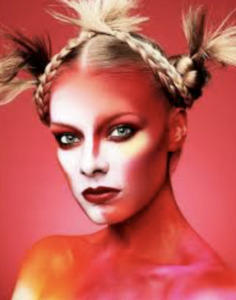
This image is a fashion based image in which he is trying to connote a-sense of unity of life throughout the vibrancy of the colours and ways inward which they are used to represented the darker tones but do not lessen the achievement of highlight within the image itself. the model herself is seen complimented by the colours and not overwhelmed in presents a personality of confidence which is suiting for a fashion magazine. furthermore her hair create a. juxtaposing raggedness that also highlights the darker red tones, this bring s an aspect of unity to the image. his conceptual thought foe this piece was a new intense side of beauty and how it can be shown in a large variety of ways in which I think he haw achieved.
From looking at his work I too would want to bring a sense of individuality and creativity,and not be compressed to a specific style of achievement. I think his work has such a large range of ideas and authenticity I could look at many different angles of colour and compoktionig that I would be inspired by his work.







 I wanted to apply this to an image of mine to see the effects that could be made. These were my steps:
1) Navigate to the selection bar on the left, and pick the burn tool.
I wanted to apply this to an image of mine to see the effects that could be made. These were my steps:
1) Navigate to the selection bar on the left, and pick the burn tool. 2) Select a suitable size for the brush to match the face, and go over the parts of the face I want to darken once.
2) Select a suitable size for the brush to match the face, and go over the parts of the face I want to darken once. 3) Go back to the bar on the left and select the dodge tool instead, from there I lightened the parts of the image I wanted to have a clear contrast from the darkness.
3) Go back to the bar on the left and select the dodge tool instead, from there I lightened the parts of the image I wanted to have a clear contrast from the darkness.







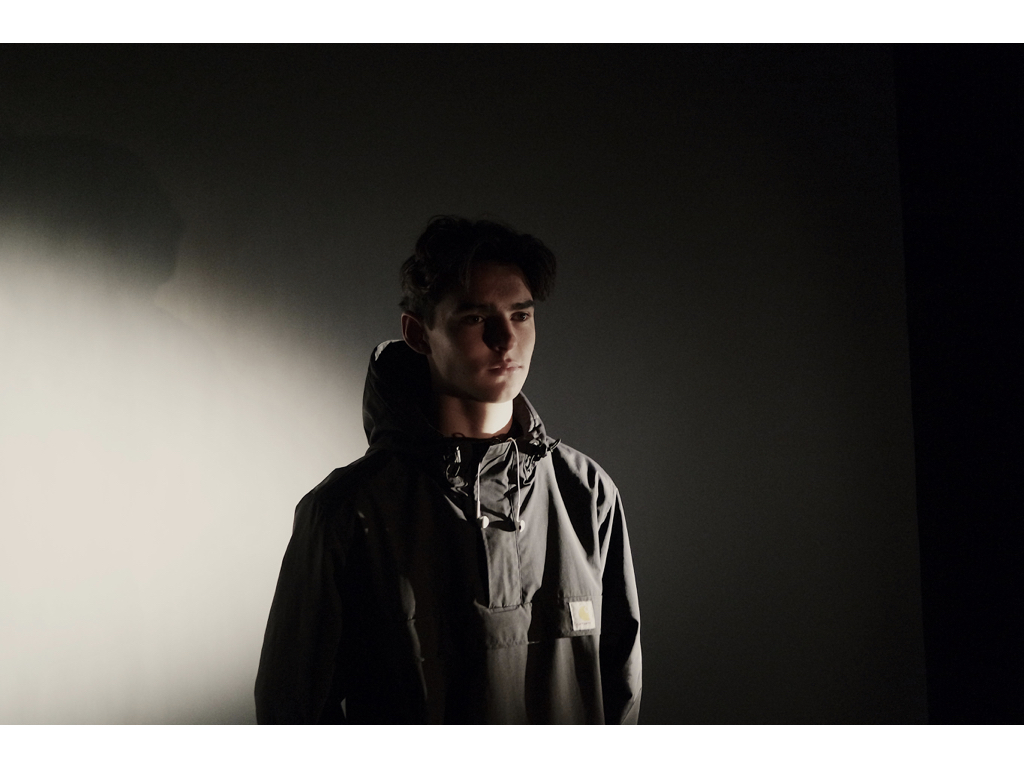

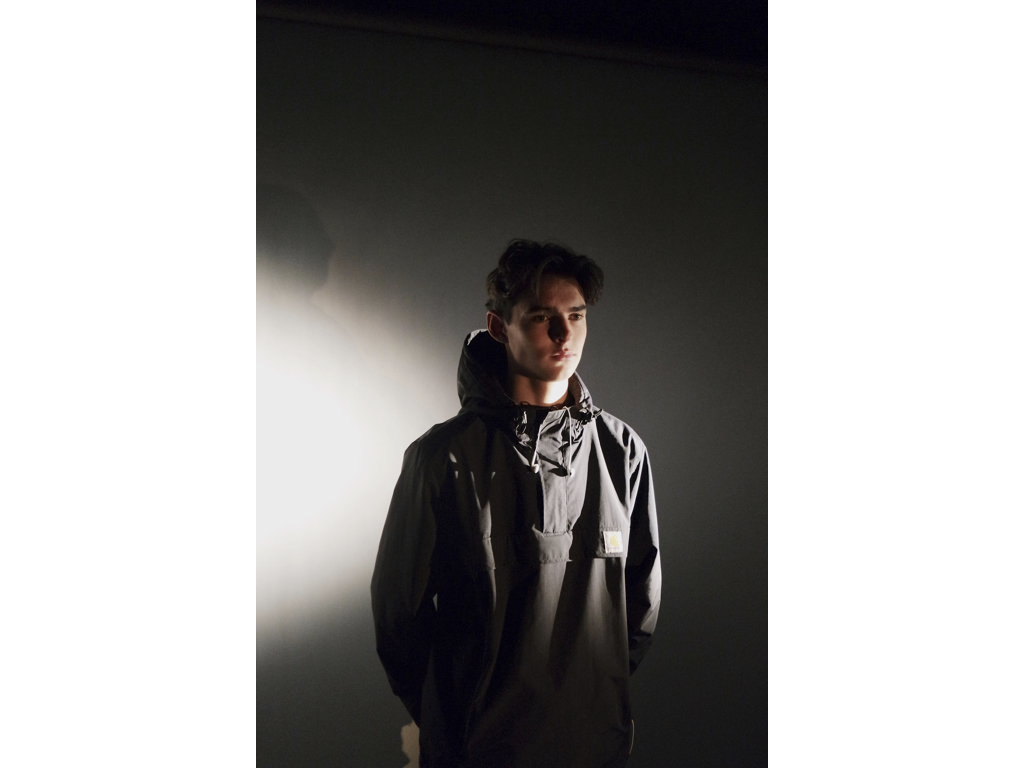




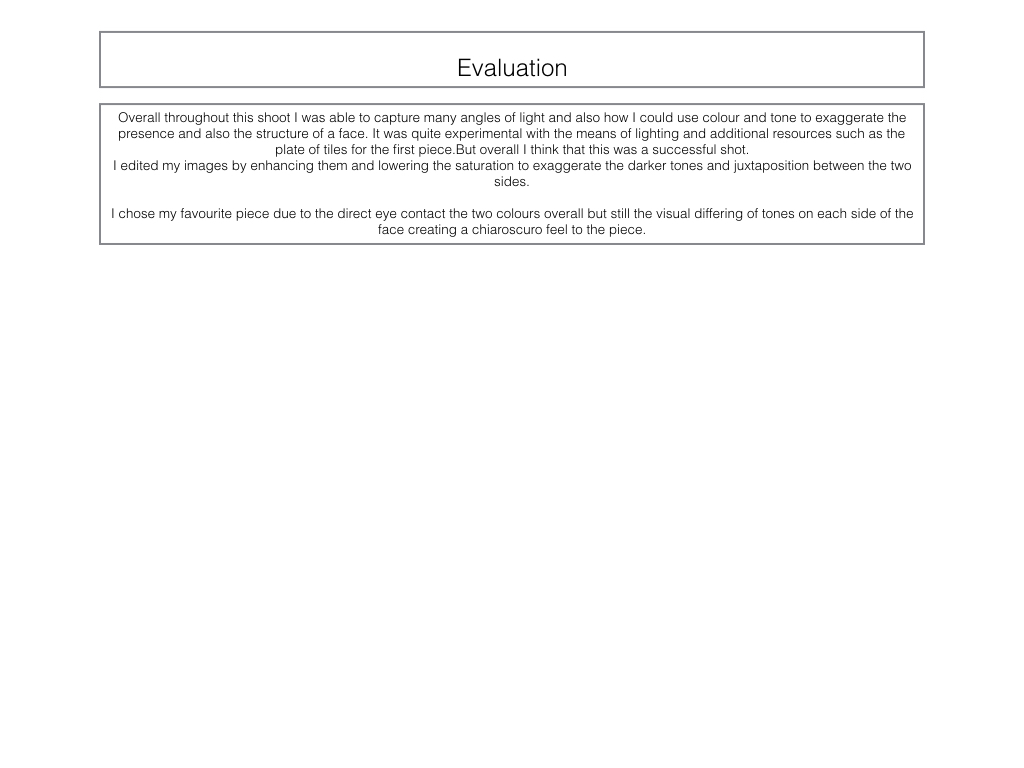


 Rankin creates landmark editorial and advertising campaigns, with his work being some of the most celebrated by the biggest brands, charities etc. Rankin has published thirty books, and has his work exhibited around the world. In 2011, Rankin Film Productions was made to make music videos, commercials, and short films. Some of his work consists of:
Rankin creates landmark editorial and advertising campaigns, with his work being some of the most celebrated by the biggest brands, charities etc. Rankin has published thirty books, and has his work exhibited around the world. In 2011, Rankin Film Productions was made to make music videos, commercials, and short films. Some of his work consists of:
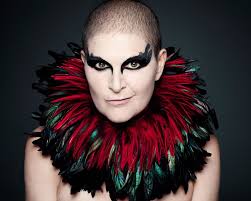




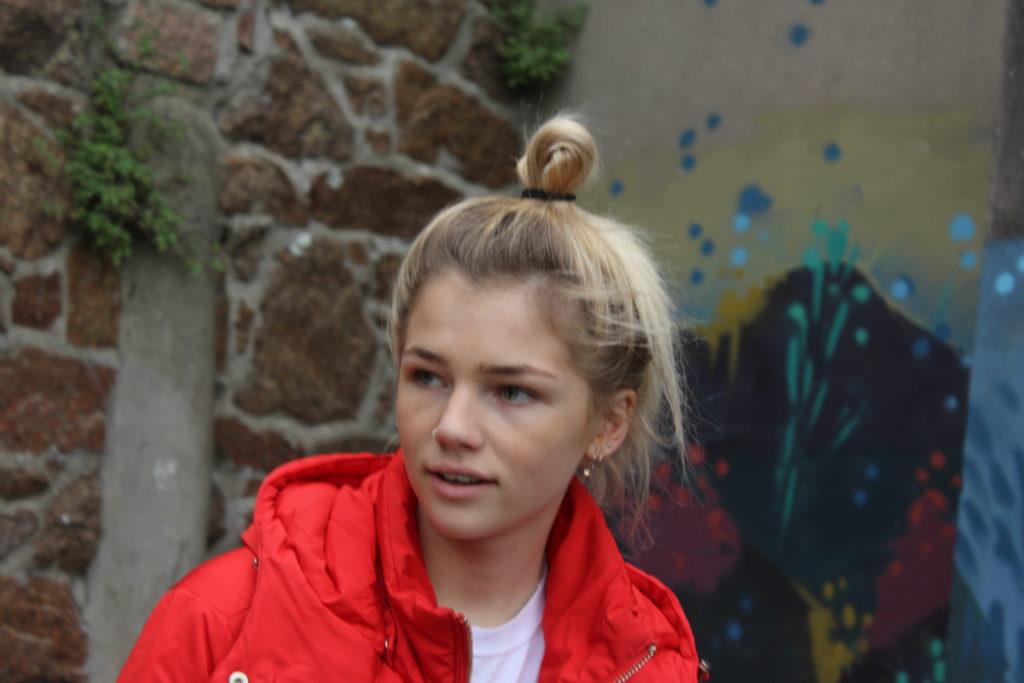







 How is it used in modern photography?
Chiaroscuro is used within modern photography today to create dramatic portraits by making certain aspects of an image once again stand out as seen below:
How is it used in modern photography?
Chiaroscuro is used within modern photography today to create dramatic portraits by making certain aspects of an image once again stand out as seen below: